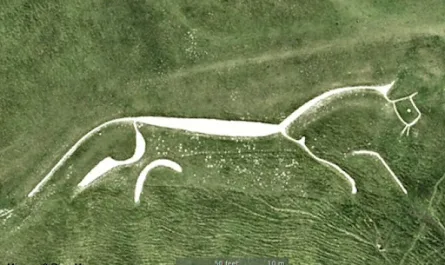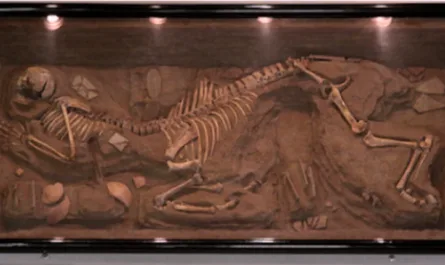Nestled in British Columbia’s Wells Gray Provincial Park, Helmcken Falls is a breathtaking natural wonder that captivates visitors year-round. This 463-foot (141-meter) waterfall, the fourth tallest in Canada, is renowned for its powerful cascade and a unique winter phenomenon: a towering ice cone that can soar over 200 feet.
But how real is this frozen spectacle, and does it truly linger into June? Let’s dive into the facts and separate truth from exaggeration.
The Majesty of Helmcken Falls
Helmcken Falls, located on the Murtle River, is a cornerstone of Wells Gray Provincial Park, a 1.3-million-acre wilderness often called a “waterfall park” for its 41 named falls. Discovered in 1913 by land surveyor Robert Henry Lee, the falls were named after John Sebastian Helmcken, a physician who helped bring British Columbia into Canadian Confederation.
Its sheer power, plunging over a volcanic cliff into a canyon carved 10,000 years ago, creates a misty spray that adds to its allure. The falls’ viewing platform, just a short walk from a paved road, offers a stunning panoramic view, making it accessible for all.
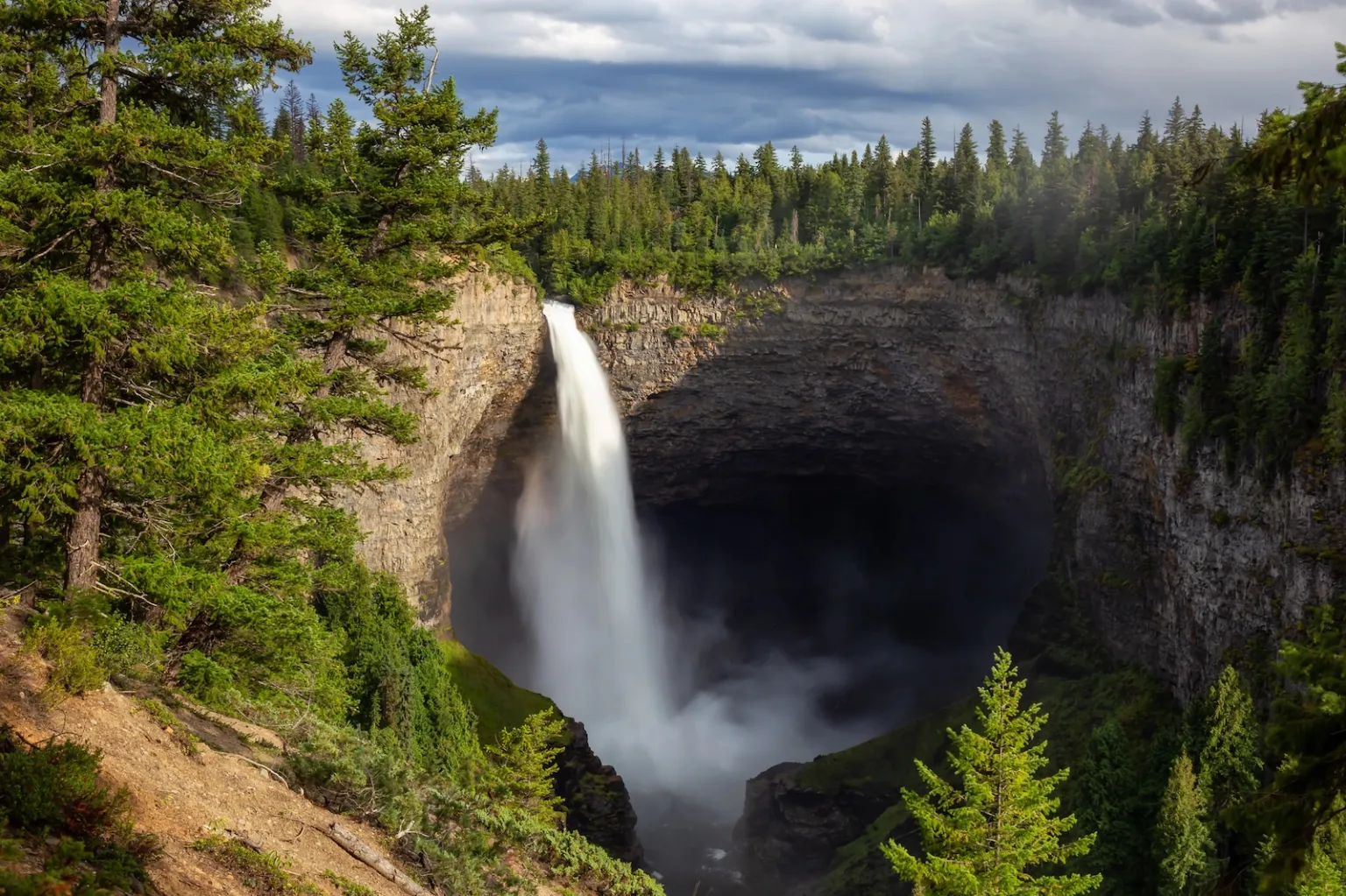
The Winter Ice Cone: Fact or Fiction?
The claim that Helmcken Falls’ spray freezes into a massive ice cone during winter is absolutely true.
In colder months, typically from late January to late February, the waterfall’s spray freezes at its base, forming a cone that can reach 200 feet (60 meters) or more in particularly snowy winters. This “snowcano,” as it’s sometimes called, has been documented reaching halfway up the 463-foot falls in extreme conditions.
Photos and videos, like those shared by locals on the Clearwater BC Photos Facebook page, have gone viral, showcasing this frozen marvel.

But does the ice cone linger into June? This claim holds some truth but requires nuance. The cone typically collapses inward by March as temperatures rise, but remnants can persist into June, especially in shaded areas of the canyon.
Posts on X and web sources confirm that traces of ice are often visible in early summer, though not as a towering structure. The shady, north-facing canyon helps preserve these remnants, but don’t expect a 200-foot ice tower in June’s warmth.
A Year-Round Marvel
While the ice cone is a winter highlight, Helmcken Falls is stunning in every season. Summer visitors enjoy its thundering cascade and mist, perfect for hiking and photography, with trails like the 5-mile Helmcken Falls Rim Trail offering breathtaking views.
Winter transforms the falls into a frozen wonderland, ideal for snowshoeing or even world-class ice climbing, with routes like “Mission to Mars” (W13) drawing adventurers. The falls’ accessibility, with plowed roads and a wheelchair-friendly viewing platform, makes it a year-round destination.
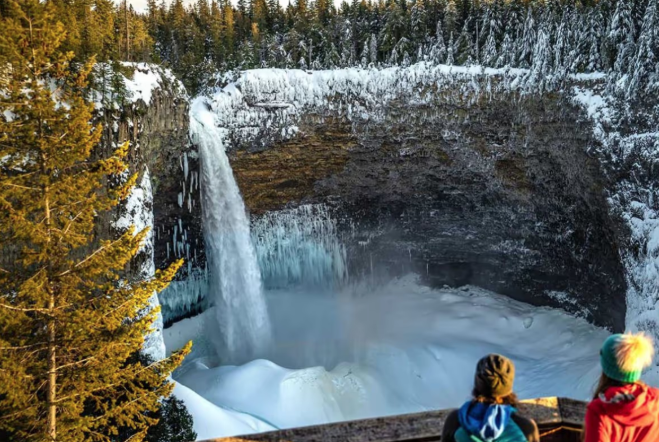
Debunking Exaggerations
The claim of a “year-round” ice cone is a stretch. While remnants may linger into June, the full ice cone is a winter phenomenon, peaking in late January to February. The falls’ spray does create a mesmerizing spectacle, but the 200-foot ice tower is not a constant feature. Visitors should also heed safety warnings—winter roads can be slippery, requiring snow tires or chains.
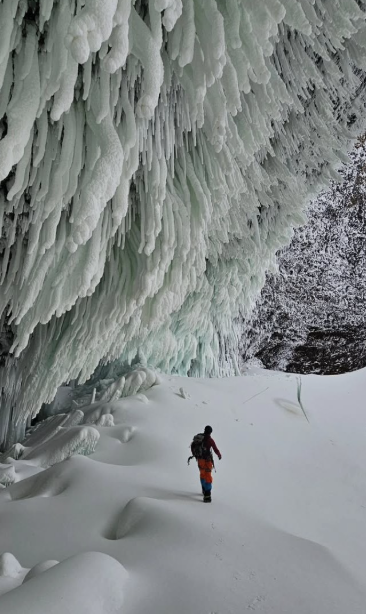
Why Visit Helmcken Falls?
Helmcken Falls is more than a waterfall; it’s a testament to nature’s power and beauty. Whether you’re marveling at the winter ice cone, hiking the Rim Trail in summer, or capturing the misty roar from the viewing platform, this natural wonder delivers. Its role in establishing Wells Gray Provincial Park in 1939 underscores its significance.
For the best ice cone experience, plan your visit between late January and late February, but any season offers a spectacle worth seeing.
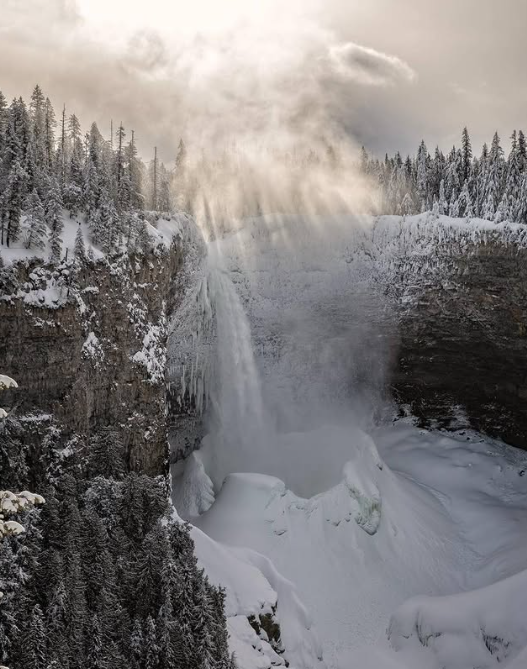
Seen the ice cone at Helmcken Falls or planning a visit? Share your photos or questions in the comments! Let’s explore BC’s natural wonders together!
